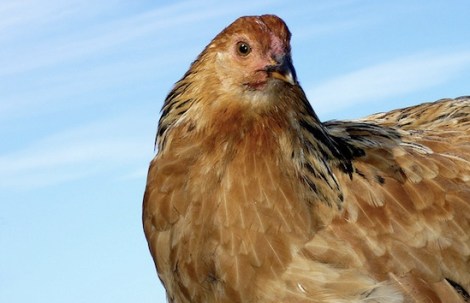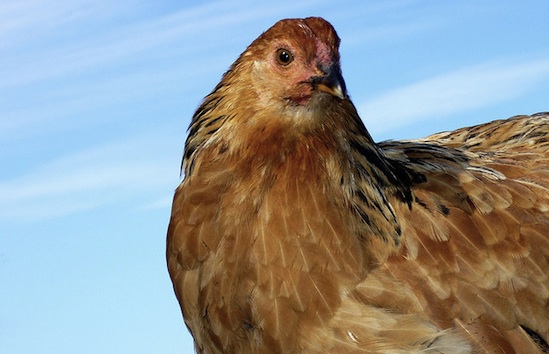
From the Food and Environment Reporting Network:
Bladder infections affect 60 percent of all American women, with a rising number resistant to antibiotic treatment. Now researchers looking into the cause of the mysterious drug resistance have found evidence that it’s coming from poultry treated with antibiotics, according to a joint investigation by the Food & Environment Reporting Network and ABC News.
Emphasis added. Jaw dropped.
The investigation, which aired on ABC’s Good Morning America, highlights how the overuse of antibiotics in animal agriculture has made it more difficult to treat these painful, long lasting, and recurring infections because one course of antibiotics no longer works. The cost of treating the disease is estimated at $1 billion annually.
[protected-iframe id=”79c9328c5dea6ce786032e1e5f917943-5104299-36375464″ info=”http://cdnapi.kaltura.com/index.php/kwidget/wid/0_s693ka73/uiconf_id/5590821″ width=”470″ height=”265″]
Maryn McKenna, author of Superbug: The Fatal Menace of MRSA, has a much longer analysis of the research and its implications.
[R]esearch in the United States, Canada, and Europe (published most recently this month, in June, and in March) has found close genetic matches between resistant E. coli collected from human patients and resistant strains found on chicken or turkey sold in supermarkets or collected from birds being slaughtered. The researchers contend that poultry — especially chicken, the low-cost, low-fat protein that Americans eat more than any other meat — is the bridge that allows resistant bacteria to move to humans, taking up residence in the body and sparking infections when conditions are right. Touching raw meat that contains the resistant bacteria, or coming into environmental contact with it — say, by eating lettuce that was cross-contaminated — are easy ways to become infected.
“The E. coli that is circulating at the same time, and in the same area — from food animal sources, retail meat, and the E. coli that’s causing women’s infections — is very closely related genetically,” said Amee Manges, Ph.D., an associate professor of epidemiology at McGill University in Montreal who has been researching resistant UTIs for a decade. “And the E. coli that you recover from poultry meat tends to have the highest levels of resistance. Of all retail meats, it’s the most problematic that way.”
This is not the first example of a discovered link between antibiotics and a drug-resistant human infection; in February, we reported on a link between pig antibiotics and a resistant strain of staphylococcus. But the connection between a very common food product and a very common type of ailment? Remarkable and disconcerting.



